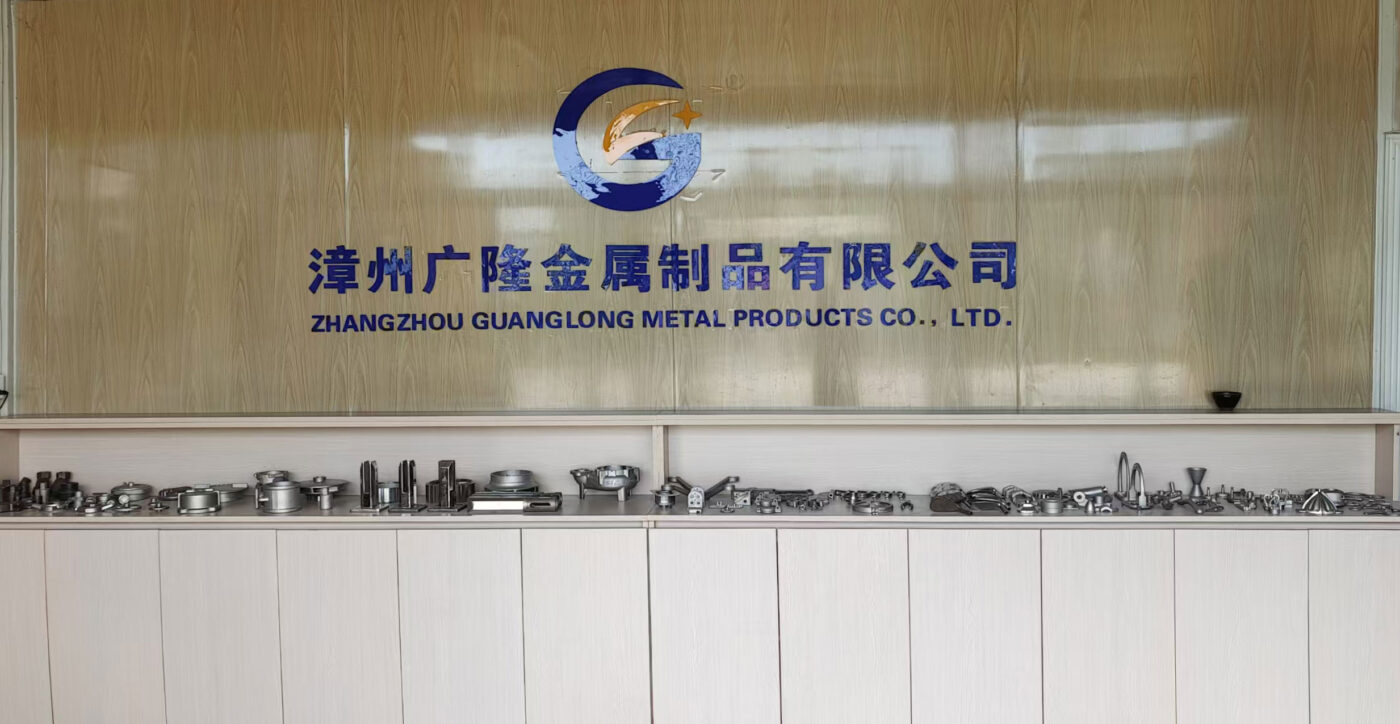Investment Casting VS Sand Casting, What’s the different?
Investment casting and sand casting are both metal casting processes used to create complex and intricate shapes, but they differ in terms of their processes, applications, and advantages. Here’s a brief comparison of investment casting and sand casting:
1. Process:
Investment Casting: Also known as precision casting or lost-wax casting, this process involves creating a wax pattern of the desired part, coating it with a ceramic shell, and then melting the wax out to create a mold. Molten metal is then poured into the mold to create the final casting.
Sand Casting: In this process, a pattern of the part is pressed into sand to create a mold. The mold is then filled with molten metal, and once the metal solidifies, the casting is removed from the sand mold.
2. Accuracy and Surface Finish:
Investment Casting: Provides high dimensional accuracy and excellent surface finish. This makes it suitable for producing intricate and detailed parts with fine details and tight tolerances.
Sand Casting: Typically has lower dimensional accuracy and surface finish compared to investment casting. It may require additional machining to achieve the desired specifications.
3. Complexity of Parts:
Investment Casting: Well-suited for complex and detailed parts, especially those with thin walls, fine details, and intricate shapes. It is often used for producing aerospace components, jewelry, and medical implants.
Sand Casting: Generally better suited for simpler shapes and larger, bulkier parts. It is commonly used for large metal components in industries such as automotive and construction.
4. Materials:
Investment Casting: Suitable for a wide range of materials, including ferrous and non-ferrous alloys, stainless steel, aluminum, and more.
Sand Casting: Also applicable to a variety of materials, but it may be more commonly used for casting larger and heavier parts in materials like iron and steel.
5. Cost:
Investment Casting: Generally more expensive due to the complexity of the process and the need for precision in creating wax patterns and ceramic molds.
Sand Casting: Often more cost-effective for large and simpler parts, but may incur additional costs for post-casting machining.
6. Volume and Production Rate:
Investment Casting: Well-suited for low to medium production volumes, especially when precision and intricate details are required.
Sand Casting: Suitable for both low and high production volumes, making it more economical for larger quantities.
In summary, the choice between investment casting and sand casting depends on the specific requirements of the part, including complexity, precision, material, and production volume. Each process has its advantages and limitations, and selecting the appropriate method depends on the desired outcome and cost considerations.

